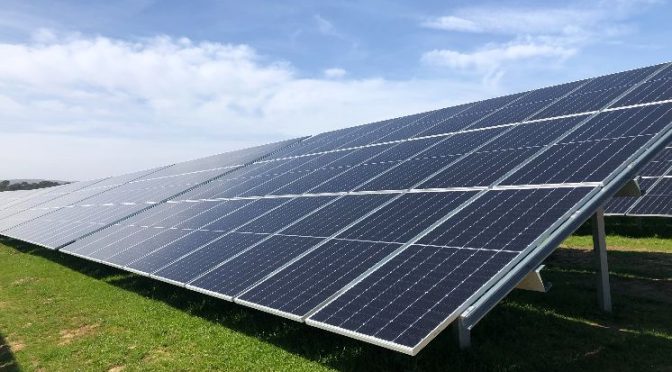
Data from the Solar Energy Industries Association (SEIA) and Wood Mackenzie reveals that more than half of all US PV installations have been activated since the beginning of 2020. Additionally, more than 25% of these installations have been put into operation in the last 20 months since the Inflation Reduction Law was enacted. These systems are deployed in residences, commercial establishments, and ground-mounted complexes across the country.
Despite changes in state policies, current market trends indicate substantial growth nationwide. SEIA predicts that PV installations in the US will double to 10 million by 2030 and triple to 15 million by 2034.
California, with 2 million PV installations, leads the country, but recent policy changes have impacted its rooftop solar market. Meanwhile, states like Illinois have increased from 2,500 to more than 87,000 solar systems since 2017. Similarly, Florida has seen notable growth, going from 22,000 to 235,000 installations during the same period.
“Solar energy is growing by the millions because it consistently delivers on its promise to reduce electricity costs, increase community resilience, and create economic opportunities,” said SEIA President and CEO Abigail Ross Hopper. “Today, 7% of homes in the United States have solar power, and this number will increase to more than 15% of U.S. homes by 2030. Solar energy is quickly becoming the dominant source of electricity in network, allowing communities to breathe cleaner air and live healthier lives.”